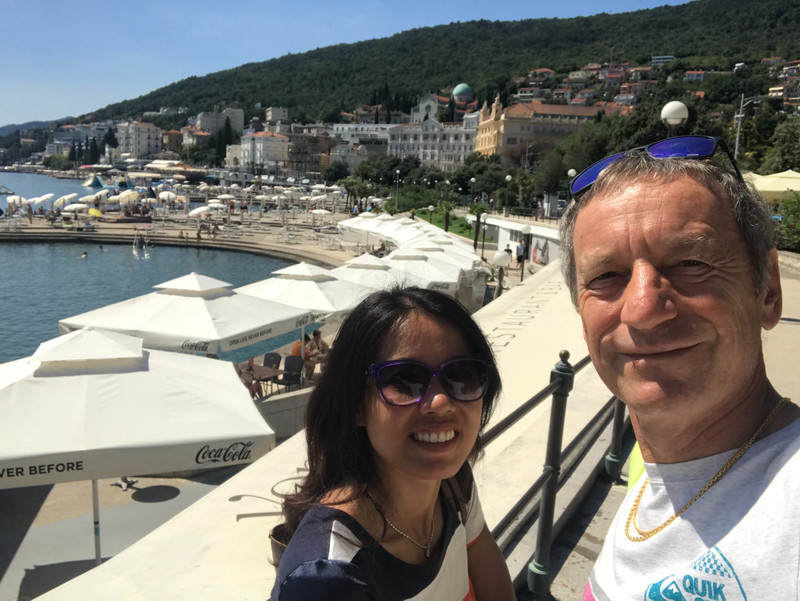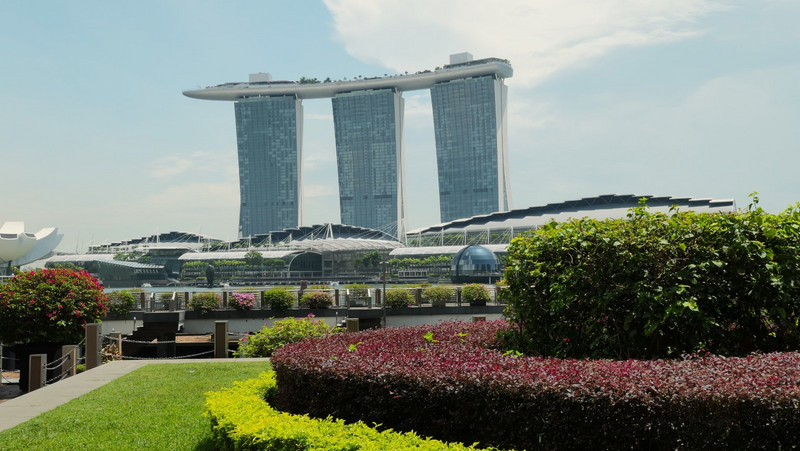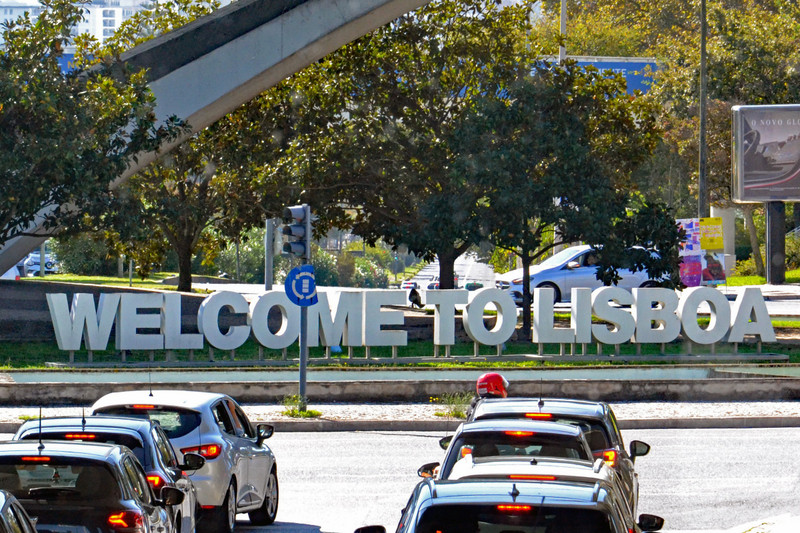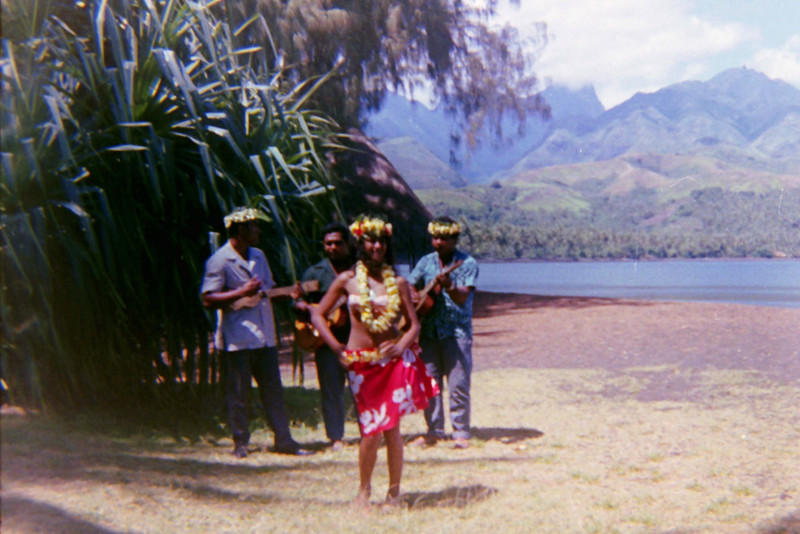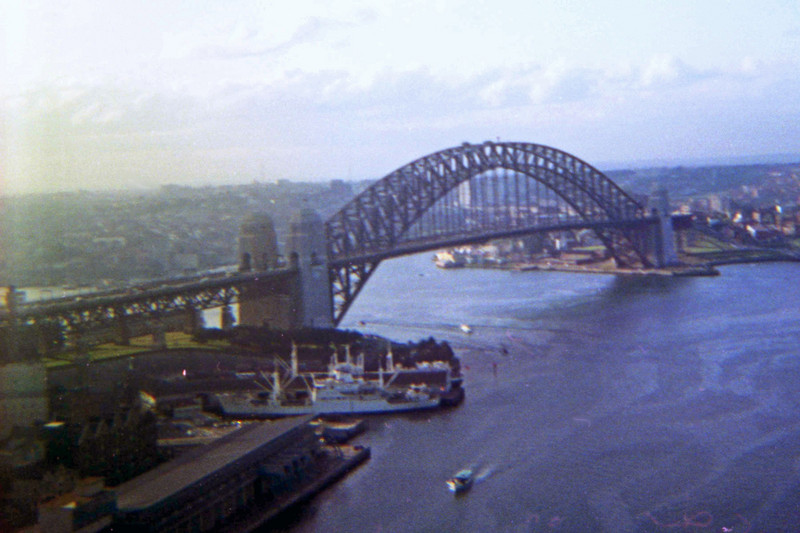The official English translation for this coastal road the Croatians call Jadranska Magistrala (officially called State Road D8) is misleading. It is not a highway at all, but a scenic, winding road along the Croatian Adriatic coast. If you are in a hurry, take the freeway. It is toll road, which was built further inland, courtesy of the EU and other private investors. If you have time, we do to slow down and explore the coast, stopping in picturesque fishing villages for delicious fish and seafood, at scenic bays for a swim and historically significant places for your personal cultural enrichment.
The D8 is the Croatian section of the Adriatic Highway, running from the Slovenian border through Istria via Rijeka, Senj, Zadar, Sibenik, Split, Opuzen and Dubrovnik to the border with Montenegro. Most of the Magistrala remains single carriageway, though with some dual carriageway stretches. The total length of the road through Croatia is 818 kilometres. Some of the parts of the road are built along the Roman and middle age structures. Some were build during the Habsburg rule. The majority works of the Magistrala were done between 1918 and 1941. This infrastructure has enabled the development of the
Croatian coastal regions and facilitated greatly the development of agriculture and food processing, industrial development and of course tourism, especially in Dalmatia.
We traveled most of the 800 plus kilometres of the Magistrala during our stay in Croatia and visited many villages and bays. Some iconic places we want to introduce here:
Opatija is situated along the Eastern side of the Istrian peninsula, only 10 km from Rijeka. A fashionable resort in the 19th century, its dotted with villas. The Lungomare is a promenade that snakes along the coastline, offering views of the town and neighboring islands. The 1800s Villa Angiolina, set in a garden of exotic plants, houses the Croatian Museum of Tourism. Parts of St. Jacobs Church date from the 16th century. Opatija has the longest tradition in Croatian tourism and runs tourism and hotel management schools. In recent decades it has lost a bit of its past glamour and appeal. A stop for coffee or meal and short walk along the promenade will however show you its past splendor.
The city of Senj is located 70 kilometers south of Rijeka. The symbol of the town is the Nehaj Fortress or in Croatian: Tvrđava
Nehaj, which in 1558. For a time this was the seat of the Uskoks, who were Christian refugees from Ottoman Bosnia resettled here to protect the Habsburg borderlands. The Republic of Venice accused the Uskoks of piracy and declared war on them, which led to their expulsion following a truce in 1617. The fortress of Krk, as explained in the previous blog, was instrumental in this fight of the Venetians against the Uskoks. Senj had its best times during the Habsburg Monarchy being used as a trading and supply port. Modern Senj is a seaside tourist town. Primary industries are fishing, boating, and tourism. As you stroll through the old city one can see the lack of development and The jewel remains its fortress.
Continuing on the Magistrala south, the mighty mountain range Velebit is showing its naked rock faces. It is the largest, though not the highest, mountain range in Croatia, subject of many legends. There are hundreds of caves or better described as holes on Velebit. It has the largest and deepest caves in Croatia. The Lukina jama cave is 1392 m deep, making it one of the deepest caves in the world.
If you have the time, what we did not take during our drive to Vodice, a day or two hiking in this wilderness would be certainly an adventure. Just if you do so watch out for the Croatias deadliest reptile, a snake called Poskok, who resides in these mountains. Poskok is a viper species found mainly in the Balkans. It is reputed to be the most dangerous of the European vipers due to its large size up to 70 cm, long fangs and high venom toxicity.
Travelmates near
